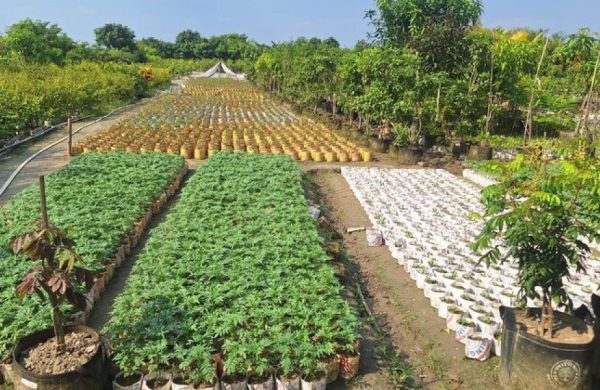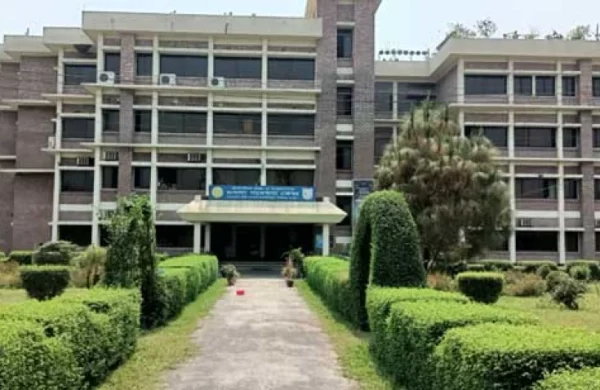Project Teesta Could Be a Game Changer for Local People
- Update Time : Saturday, May 25, 2024

-Wares Ali Khan-
As the river Teesta is historically unpredictable, almost every year in the monsoon season the north-western part of Bangladesh gets flooded because of this river. The sufferings owing to the river Teesta sustain all year round, no matter whether it’s rainy or dry season. The monsoon causes severe flooding in more than 30 upazilas of Lalmonirhat, Nilphamari, Rangpur, Kurigram and Gaibandha.
Devastating catastrophe along with extensive damage occurs to the croplands, houses and roads because of the vagarious behaviour of this river. In the dry season, farmers invariably fail to cultivate due to lack of irrigation and fishermen cannot fish in the river which leads to thousands of farmers, fishermen, and boatmen losing their livelihood.
The river Teesta having about two hundred kilometres long downstream has now turned into a desert owing to unplanned diversion of water during the dry season for irrigation purposes without any regards for the lifeline of the river. Out of the total length (around 315 km), almost 115 km passes through Bangladesh.
Frequent relocation due to floods and river erosion, loss of arable land in the riverbed, massive crop damage due to drought and floods, the outbreak of water-borne diseases during floods and the dilapidated state of roads – these are the common problems people dwelling in the vicinity of Teesta face. Consequently, it has morphed into a cause of gross sorrow for the North.
The fertile agricultural lands of the North are getting barren since the Teesta River is depriving the people of everything. The socio-economic condition of this northern region is in a sorry state. The poverty rate in the greater Rangpur region is around 51% and almost 28% of this total is rooted in the rural areas. The capricious river is constantly threatening the lives, livelihoods, and employment. Nearly around 20,000 people living on both sides of the river experience a number of quandaries every year.
Under such circumstances, if river erosion can be prevented, people will surely find opportunities for cultivation by recovering the lost pieces of land in the riverbed. The agricultural sector in North Bengal will prosper if the cultivable agricultural lands – that have been engulfed by the river – can be restored and regained. Even North Bengal might play a substantial role in enriching the agricultural prospects if the arable lands could be saved from erosion.
A master plan titled “Rehabilitation and Expansion of Command Area of Teesta Irrigation Project” was approved at the meeting of the Executive Committee of the National Economic Council (ECNEC). Reportedly, this superior plan was supposed to be accomplished within three years. But it did not happen so. It is still a matter of time and the project is yet to be implemented.
In such a backdrop, we the people residing by the side of the mighty river urge the concerned authorities to do the needful so that the plan for the protection of the Teesta river is given momentum for speedy implementation, giving priority to the shared interests of the people living near to the river and its banks.
Effective measures should be taken to protect the benefits of farmers in the char areas. The victims of the Teesta erosion and floods have to be compensated, and housing facility should be offered to the landless and homeless people.
Increasing the depth of the river will reduce the flow of the river and trim down the risk of river erosion. Such change can promote a modern agriculture system for year-round cultivation instead of the prevailing traditional mode of agriculture.
Therefore, the ‘Teesta River Comprehensive Management and Restoration Project’ to increase the depth and reduce the width of the 115 km long stretches of Teesta and reconstruct the geographical boundaries must be implemented as soon as possible. This mega plan has the merit to improve aquatic life, protect biodiversity, create employment, develop socio-economic conditions, and ensure better living for the people of this region.
_______________________
The writer is an academic



















